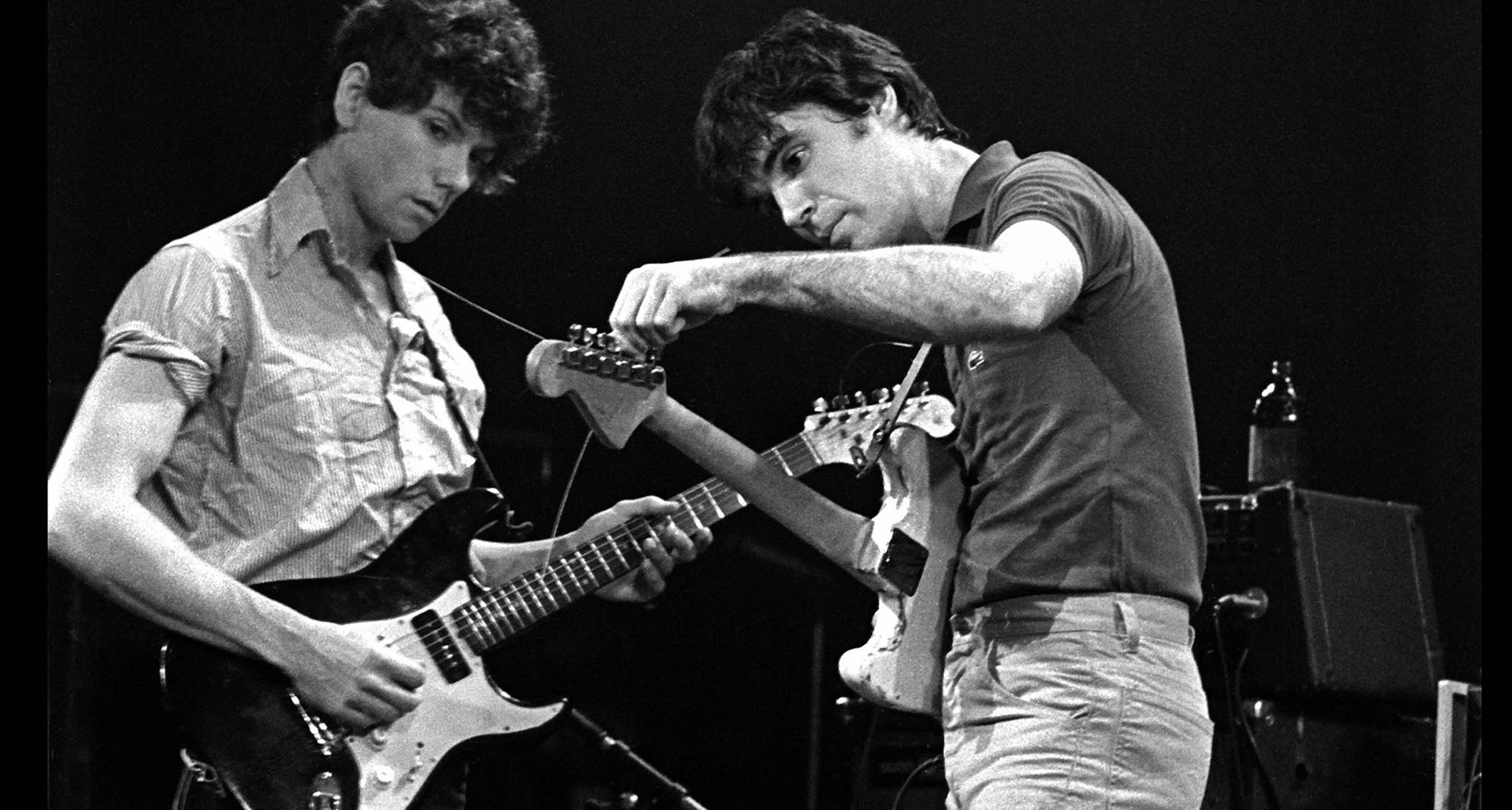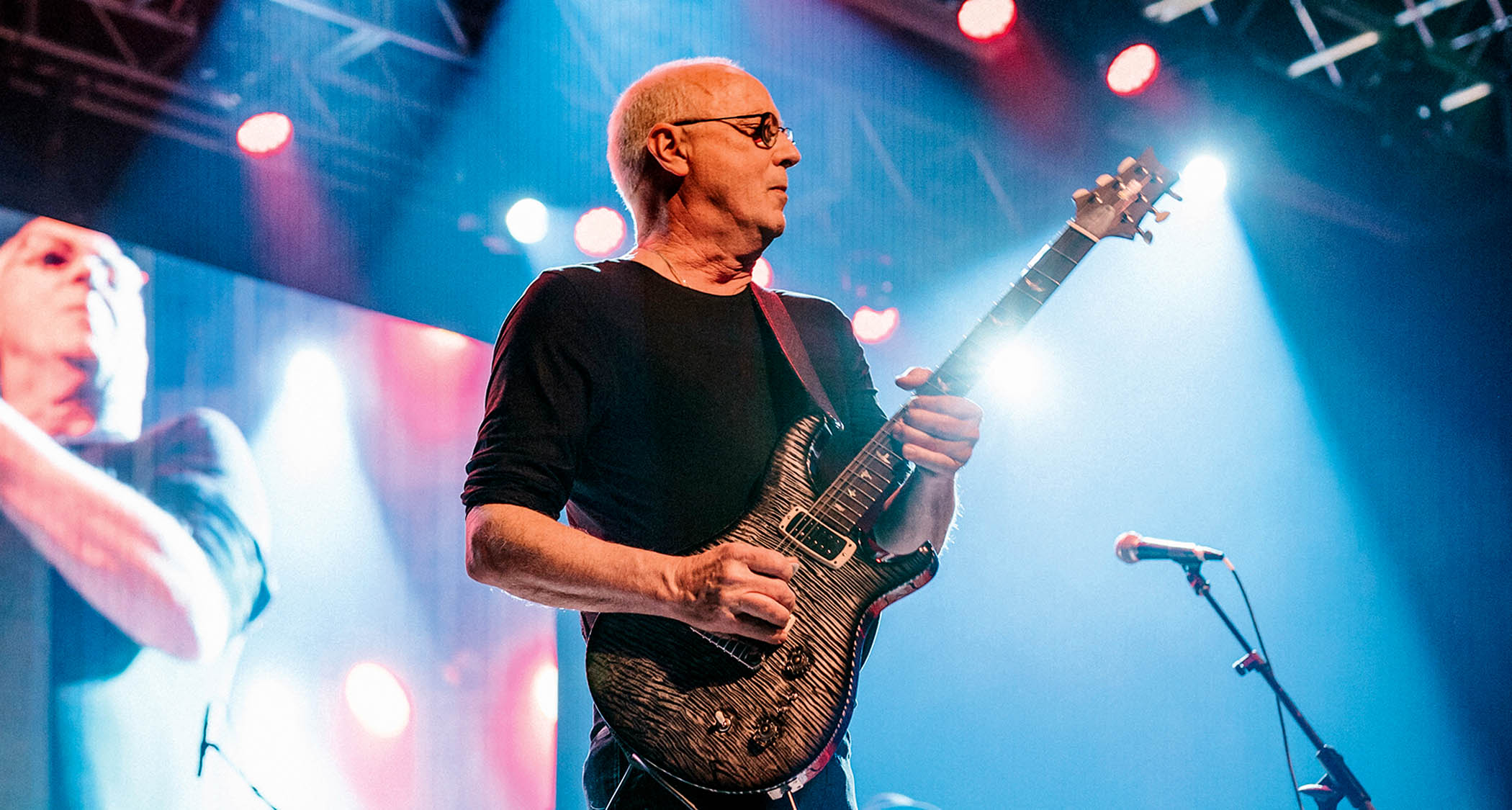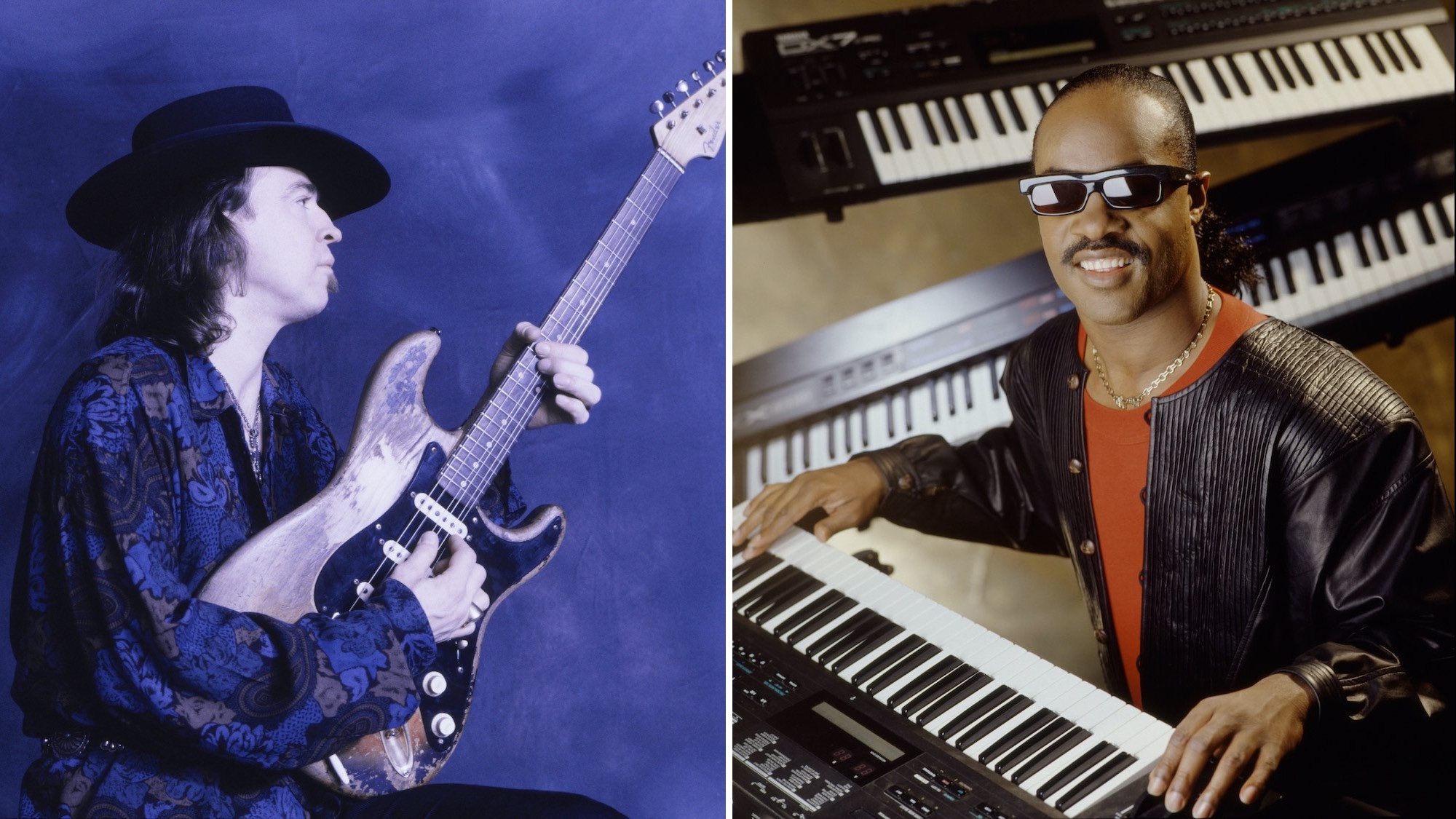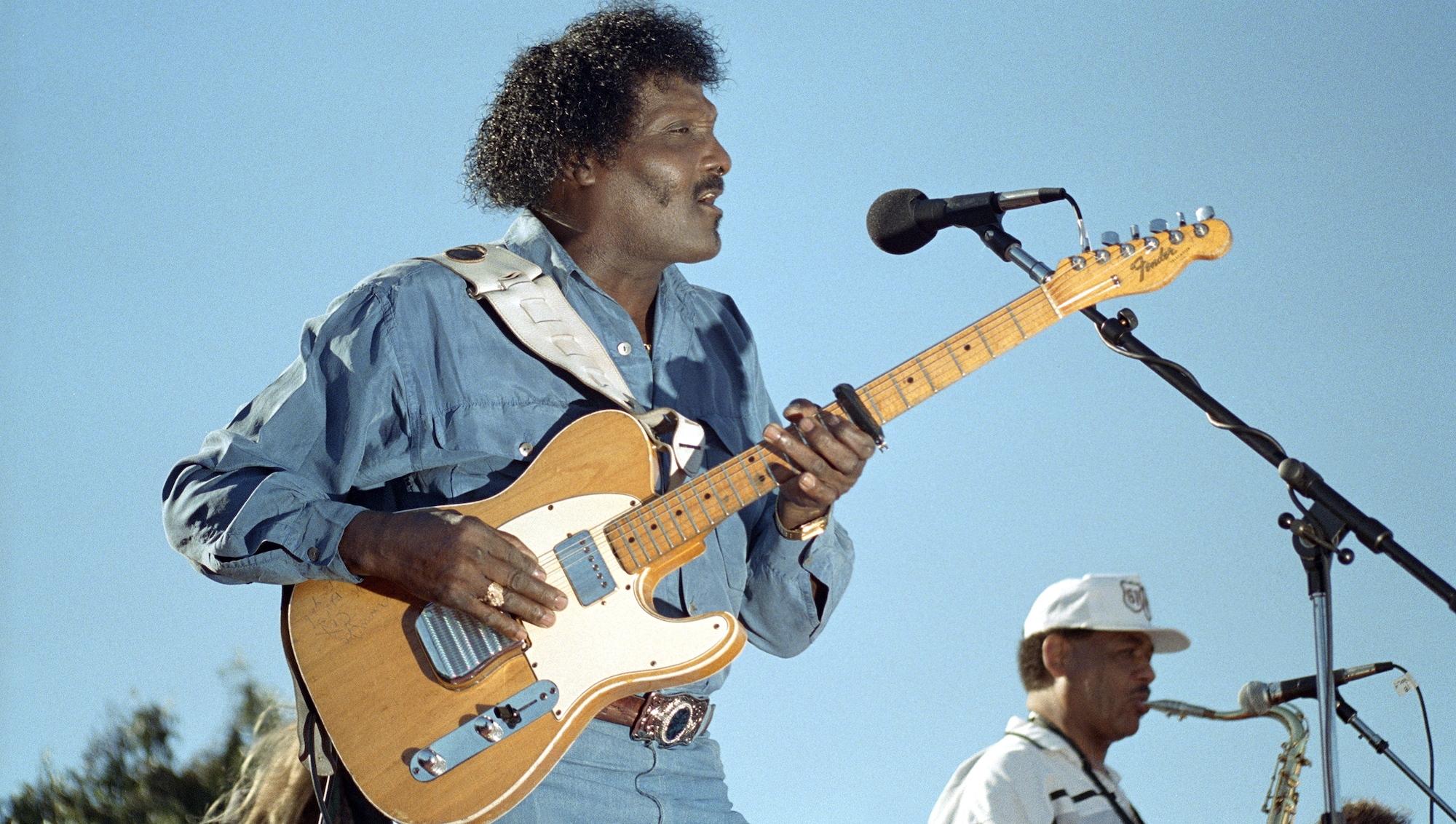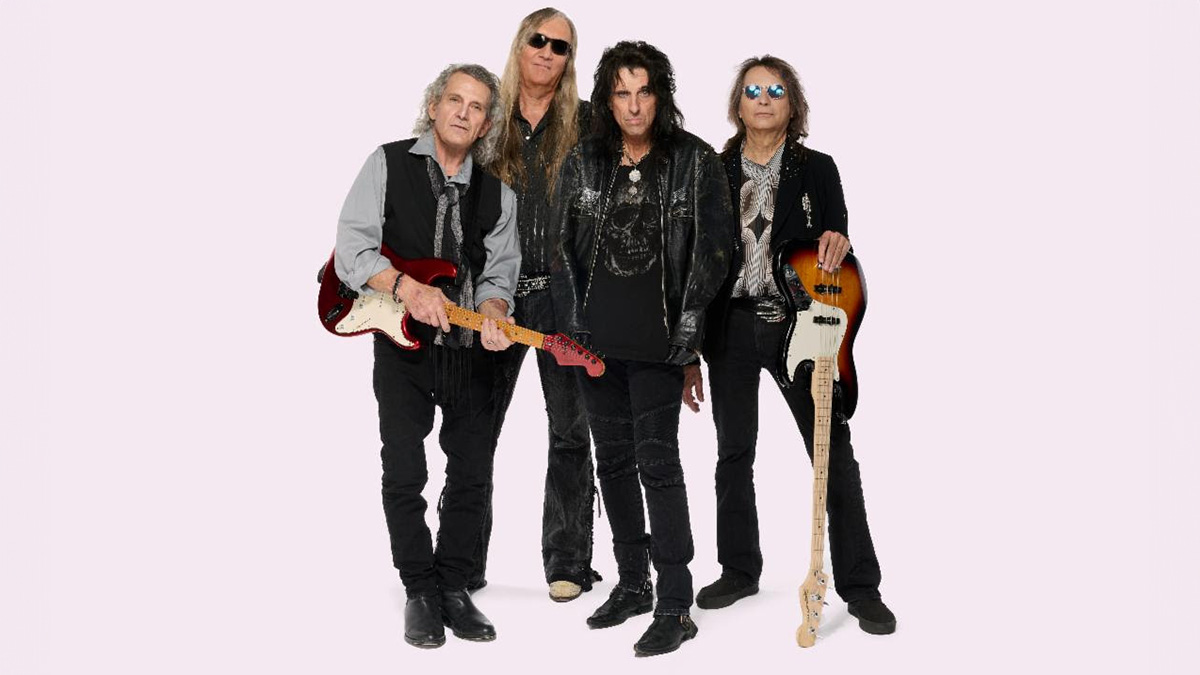“The bass is the instrument you need to play the longest to become truly funky”: 20 funk bass legends who took low-end groove to new heights
A rundown of the best funk bass players of all time, featuring the trailblazers, the early innovators, and the monster groovers around today
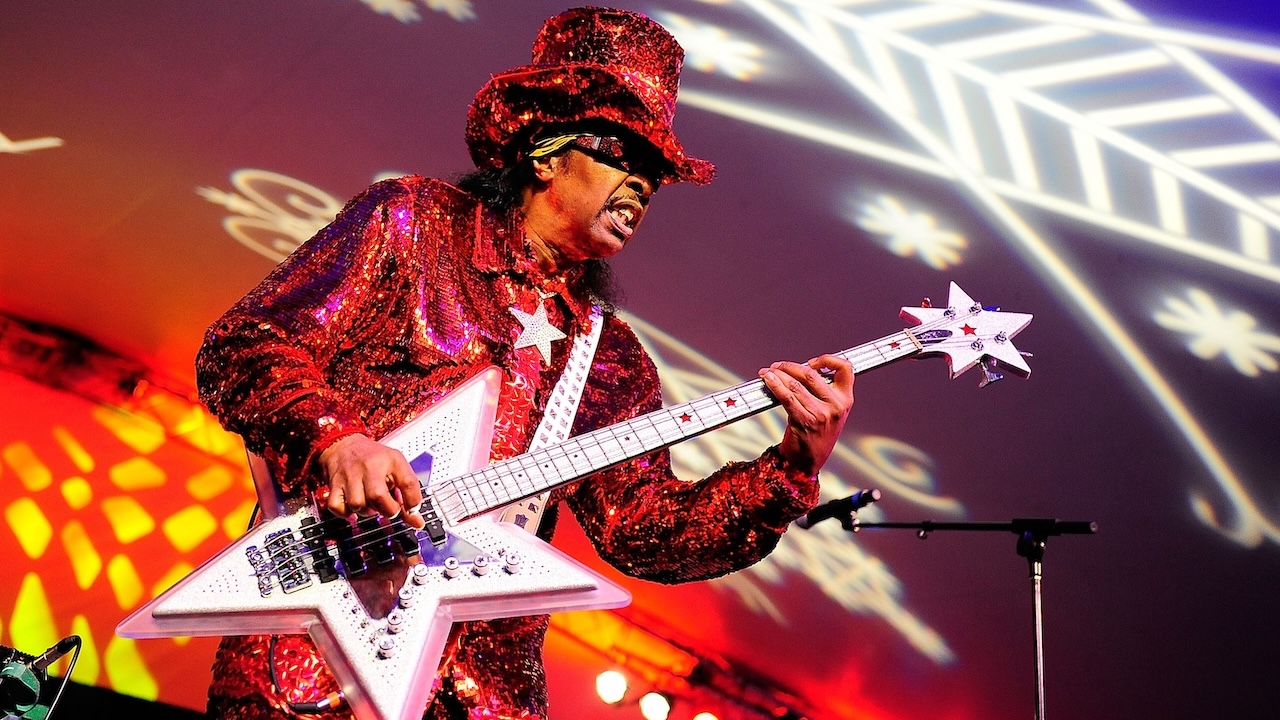
The word ‘funk’ or ‘funky’ can be applied to almost anything, from butt-shaking basslines to scatter cushions. We all instinctively know what’s implied, but in a bass playing sense, what does it actually mean?
Funk music came out of the blues, gospel and R&B of the early ’60s. The difference being that it’s almost always based on a 16th-note subdivision and there is an increased emphasis on rhythm, to the point where it is often the salient feature.
“Funk just makes you stop thinking,” Bootsy Collins told Bass Player. “You go in that zone and it’s almost like an explosive, meditative state of mind, where there’s nothing there but groove and you’re caught up in it.”
“Once you’ve set up that groove you can do anything and everything that you want to do; that’s what the funk is all about!”
Consider these grooves: Bootsy Collins on Soul Power by James Brown; David Hood on the Staple Singers’ I’ll Take You There; Freddie Washington on Patrice Rushen's Forget Me Nots; Jimmy Williams on McFadden & Whitehead's Ain't No Stoppin' Us Now; Oscar Alston on Rick James’ Give It To Me Baby.
Whether you grew up listening to tunes like these on an iPod or a shoulder-held boom box, it’s hard to ignore the wealth of bass guitar players who, with funk at the core of their playing, made strides in showcasing an amazing palette of bass techniques in the process.
“I began challenging myself to see if I could develop a bassline using my thumb.” Marcus Miller told Bass Player. “I still add plucks whenever they're necesary, but the plucks are just accents, afterthoughts – the funk is in the thumb.”
Get The Pick Newsletter
All the latest guitar news, interviews, lessons, reviews, deals and more, direct to your inbox!
From Bootsy Collins to Flea to Joe Dart, these are just some of the names that made our list of funk bass legends.
1. Bootsy Collins
The living, breathing incarnation of funk itself, William “Bootsy” Collins has stood at funk's ground zero for most of his life. First with James Brown, then Parliament/Funkadelic.
Bootsy went on to form his own outfit, Bootsy's Rubber Band. By that time, he was experimenting full-bore with effects – and funk bass was never the same.
“The most important lesson I ever learnt was how to play ‘the one’, and I learnt that from James Brown. He called me one night and he said, ‘Son, just slow down and give me the one.’ And that’s where it all started for me.”
2. Paul Jackson
History will remember Paul Jackson for at least two things: his groundbreaking work with Herbie Hancock and the Headhunters, and for one of the funkiest basslines ever, Chameleon. With Hancock, Jackson fused jazz, rock, and funk into a million-selling formula that continues to blow minds.
“The bass player has to guide the group sometimes, find subtle ways of leading it. He isn't responsible for keeping time, but he more or less guides the flow. I like doing that – that’s what the bass does for me.”
3. Meshell Ndegeocello
Whether she's singing, rapping, playing keyboards, or laying down solid, funky basslines in the studio, Meshell Ndegecello has just one goal: “If I die tomorrow, I want people to say, 'Well, it was funky!’
“Playing live is totally different for me. The record is Meshell, but when you see the band it’s Sly Stone meets Led Zeppelin. As a bass player I feel you have to be completely adaptive and able to switch.”
4. George Porter Jr.
Beyond his work with The Meters, George Porter Jr has thrown down his thick, greasy style of ‘fonk’ with Dr. John, Robert Palmer, Maceo Parker, Patti Labelle, David Byrne, Tori Amos, Albert King, and countless other Crescent City performers, from Professor Longhair to Harry Connick Jr.
“Bass players and drummers from New Orleans play more together than guys from anywhere else,” he told BP. The bass might venture away from the kick drum to play more notes, but at some point – maybe two and four – we always meet.”
5. Francis 'Rocco' Prestia
Few, if any, have ever moved so much air while fitting so seamlessly into a groove than Francis ‘Rocco’ Prestia. Forged in the iconic R&B horn band Tower of Power, Prestia’s groove-defining use of muted 16th-notes is instantly recognizable in such Tower bass anthems as What Is Hip?
“The function of the bass is to lay it down,” he explains. “That's the key to being able to play as busy as you want without getting in the way, because you're laying it in that groove. You can have all the chops in the world, but if you don't have a feel, a concept, it doesn't matter.”
6. Freddie Washington
Born and raised in Oakland, California and mentored by Bay Area legend Paul Jackson, ‘Ready’ Freddie Washington's credits range from Michael Jackson to Anita Baker to Kenny Loggins.
His bouncing bassline on Patrice Rushen's 1982 hit, Forget Me Nots (which was later sampled for the Men in Black theme) has become a slap standard and a funk classic.
7. Larry Graham
Widely credited as the man who invented slap bass, Larry Graham brought out the rhythmic and percussive soul that lay dormant within the bass guitar.
As a teenager, he famously began to thump the strings to compensate for not having a drummer while playing in his mother's band. Joining Sly & The Family Stone in 1967, he made his new style the defining sound of funk.
8. Joe Dart
Vulfpeck bassist Joe Dart has solidified himself as one of the most exciting bass players of a new generation, thanks to his funky grooves, rapid finger work, and unbelievable pocket. His prowess on his signature Music Man has also earned him major street cred within the bass community.
“My advice is to always develop good time, and build good stamina to be able to play with good time throughout the whole song. Stamina will come, and the vocabulary you can learn from listening to great bass players.”
9. Flea
When it comes to creative energy and overall style, Flea would be the first to call himself a punk rocker before he ever took on the mantle of funk legend. But his infusion of punk ethos into the playing style of Louis Johnson and Larry Graham hipped a generation of rock fans to what funk bass playing is all about.
“I like hearing the bass when it's locking in with the drums. Very seldom do I enjoy bass playing that takes center stage; even on a funk song where the bass is the focus, like Funkadelic's (Not Just) Knee Deep, it's just a funky groove – it's not, ‘Look at me.’”
10. Marcus Miller
Marcus Miller redefined slap and funk bass with his deep mastery of the pocket and full-range tone. As a sideman, he applied his inimitable funk to countless hit records, while his solo career has yielded 10 albums so far.
Miller's instantly recognizable writing and playing style has firmly established him as one of the most important bass voices since Jaco Pastorius.
“Once you've learned your scales and techniques, you have to realize they're all just tools,” he once said of his philosophy. “Now you have to find a way to reach people.”
11. Victor Wooten
Béla Fleck & the Flecktones, Victor Wooten's main gig, is an unlikely place to find the funk – an avant-jazz quartet led by a banjo-playing bluegrass innovator – but Wooten's unearthly chops and dedication to putting the groove first make the Flecktones one of the funkiest groups around.
As if that weren't enough, Wooten's solo releases have also consistently raised the bar.
12. Stuart Zender
As co-founder of British funk disciples Jamiroquai, the U.K.-born but Philadelphia-bred Stuart Zender helped to usher funk bass into the 21st century. His genre-fusing basslines are unforgettable.
You can hear the thick, super-woody tone of his Warwick Stage I 5-string on songs like Alright and Virtual Insanity (remember the groundbreaking “moving white floor in the hallway” video?).
13. Jaco Pastorius
His breathtaking technique made Jaco Pastorius a bass legend like none other before or since. Relentless gigging with funk and R&B bands in his native Florida laid a rock-solid foundation that always grounded his later material in groove.
Whether it was the eye-popping funkiness of Weather Report's Barbary Coast, the syncopated 16th-note onslaught of his own Come On, Come Over, or dancing with a big band on Pee Wee Ellis's The Chicken, Jaco never lost touch with the funk.
14. Bernard Edwards
Along with guitarist Nile Rodgers, Bernard Edwards helped define one of the most distinctive sounds of disco – the sparse, yet highly rhythmic groove of Chic.
One of the greatest basslines of all time, Chic’s Good Times is probably responsible for more players picking up the bass guitar than any other line from the disco movement.
In his lone Bass Player interview back in September 1992, Edwards revealed that his sophisticated sub-hooks were mostly a reaction to the 'chicken-scratch' guitar parts of Nile Rodgers.
“I consider the two of us a rhythm section, even without drums, because we keep so much rhythm going. My basslines are usually a reaction to his guitar rhythms.”
15. Verdine White
Having been nominated for more Grammys than we’ve boiled strings, Earth, Wind & Fire wouldn’t be the household name they are today without the work of bassist Verdine White. His playful and melodic basslines, deep groove, and hip sensibility form the gold standard of pop-funk bass.
“The way to learn to play funky is to listen to a funky drummer – they have a lot to do with it. But the bass is the instrument you need to play the longest to become truly funky.”
16. Louis Johnson
Louis Johnson, or ‘Thunder Thumbs,’ as he's also known, first made a name for himself as co-leader of the Brothers Johnson, whose funk anthems included Get the Funk Out Ma Face, I'll Be Good to You, Strawberry Letter #23, and Stomp!
Johnson also emerged as an L.A. studio ace under the guidance of producer Quincy Jones, appearing on dozens of sessions with artists such as Michael Jackson, Paul McCartney, and Chaka Khan.
17. Chuck Rainey
As a first-call New York session bassist in the '60s, Chuck Rainey became a legend by playing with everyone from Louis Armstrong to Aretha Franklin, often laying down tight grooves with frequent rhythm-section partner Bernard Purdie.
In 1972, he moved to Los Angeles, where he graced gold albums by Steely Dan, Quincy Jones, the Jackson 5, and Rickie Lee Jones.
“I've always described myself as a busy player, but not busy as in playing a lot of notes. I'm rhythmically active – almost like a drummer playing bass.”
18. Willie Weeks
In the finale of Donny Hathaway's classic 1972 Live album, on the song Voices Inside (Everything Is Everything), Willie Weeks takes a three-and-a-half-minute ride that is a seamless melding of groove, melody, and drama, making it one of the deepest bass solos on record.
Weeks has also lent his bass skills to huge names including David Bowie, Bo Diddley, Aretha Franklin, Stevie Wonder, David Lee Roth, Eric Clapton and more.
“It all started in church. That was a strong groove – all of us people together, clapping. That was the basis for it. And Donny Hathaway, man – his music was like an army coming at you, a groove so deep it would hypnotize you.”
19. Nate Watts
Born in the heart of Detroit, Michigan, Nate Watts has laid the foundation for some of the most influential music ever recorded. You’ll find him on albums by the Jacksons, Diana Ross, Gladys Knight and the Pips, the Pointer Sisters, Lionel Richie, Herbie Hancock, The Temptations, Sérgio Mendes and Paul McCartney.
Still, it’s as Stevie Wonder’s long-serving bassist, the man he casually refers to as Steve, that Nate has earned a reputation as one of the world’s most proficient bass players, or as Marcus Miller puts it, “Nate is the Godfather.”
20. Robert 'Kool' Bell
Robert ‘Kool’ Bell is the unsung hero of dance halls and karaoke bars across the globe.
With Kool & the Gang, he created the grooves behind the group's '70 hard-edged jazz-funk tracks, like Jungle Boogie, Funky Stuff, and Hollywood Swingin', as well as those that drove the band's later disco/R&B hits, like Celebration and Ladies Night.

Nick Wells was the Editor of Bass Guitar magazine from 2009 to 2011, before making strides into the world of Artist Relations with Sheldon Dingwall and Dingwall Guitars. He's also the producer of bass-centric documentaries, Walking the Changes and Beneath the Bassline, as well as Production Manager and Artist Liaison for ScottsBassLessons. In his free time, you'll find him jumping around his bedroom to Kool & The Gang while hammering the life out of his P-Bass.
You must confirm your public display name before commenting
Please logout and then login again, you will then be prompted to enter your display name.
“When I first heard his voice in my headphones, there was that moment of, ‘My God! I’m recording with David Bowie!’” Bassist Tim Lefebvre on the making of David Bowie's Lazarus
“One of the guys said, ‘Joni, there’s this weird bass player in Florida, you’d probably like him’”: How Joni Mitchell formed an unlikely partnership with Jaco Pastorius












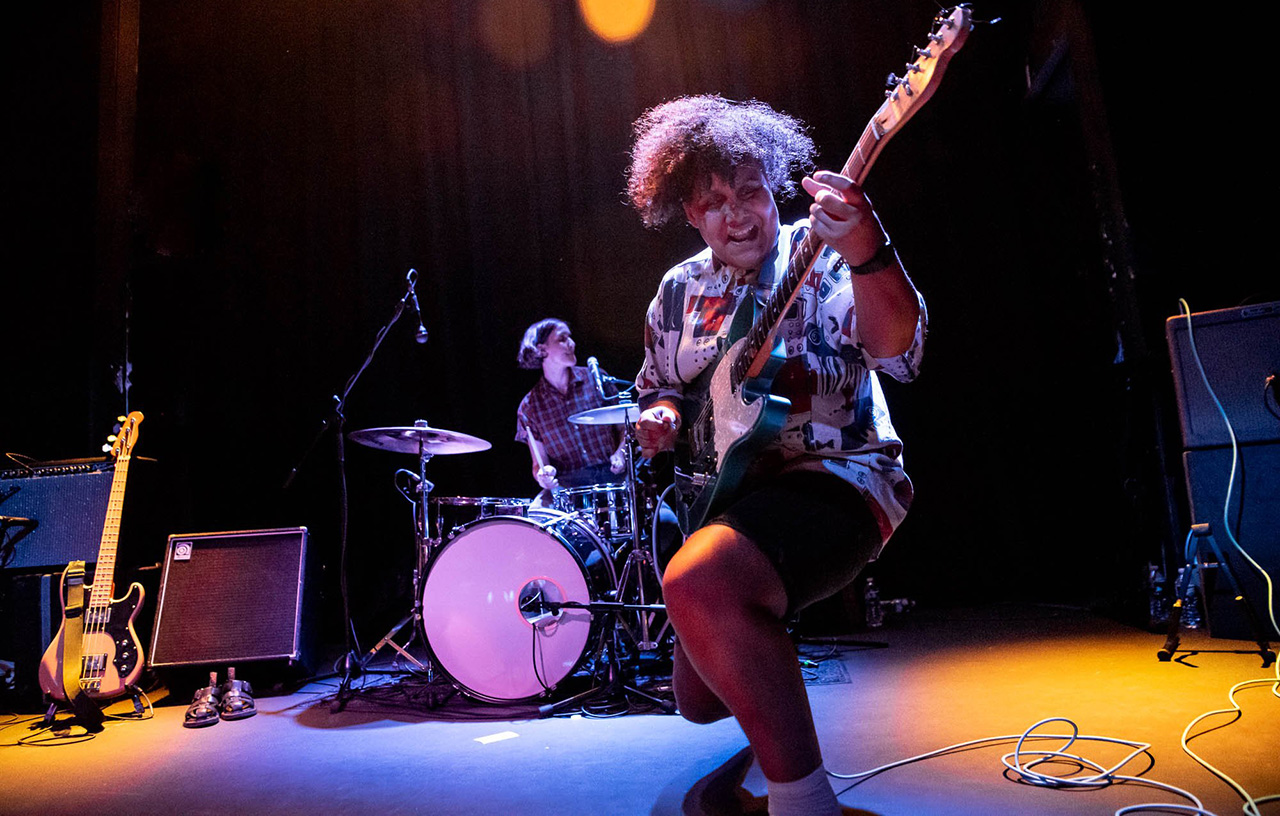
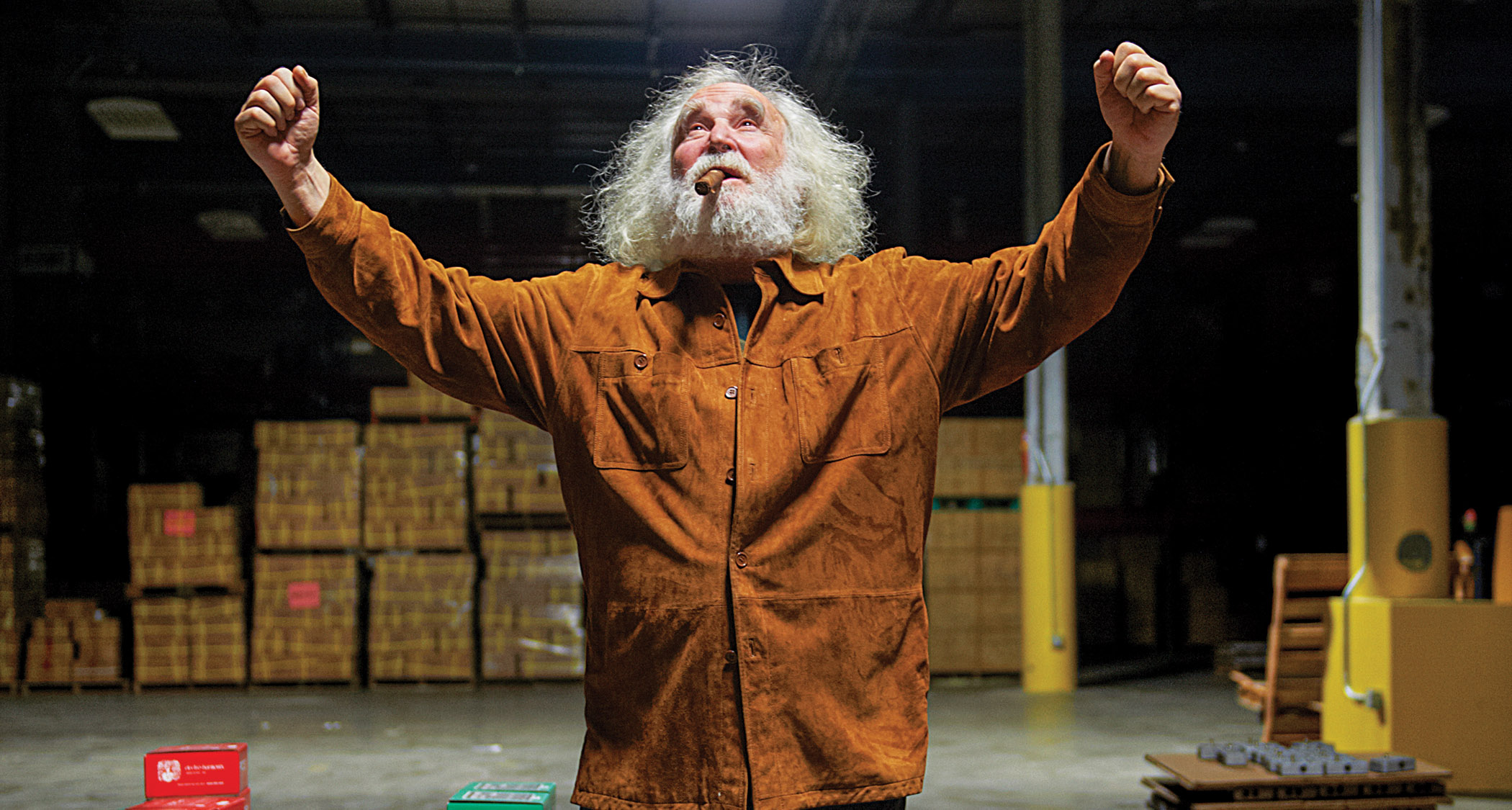
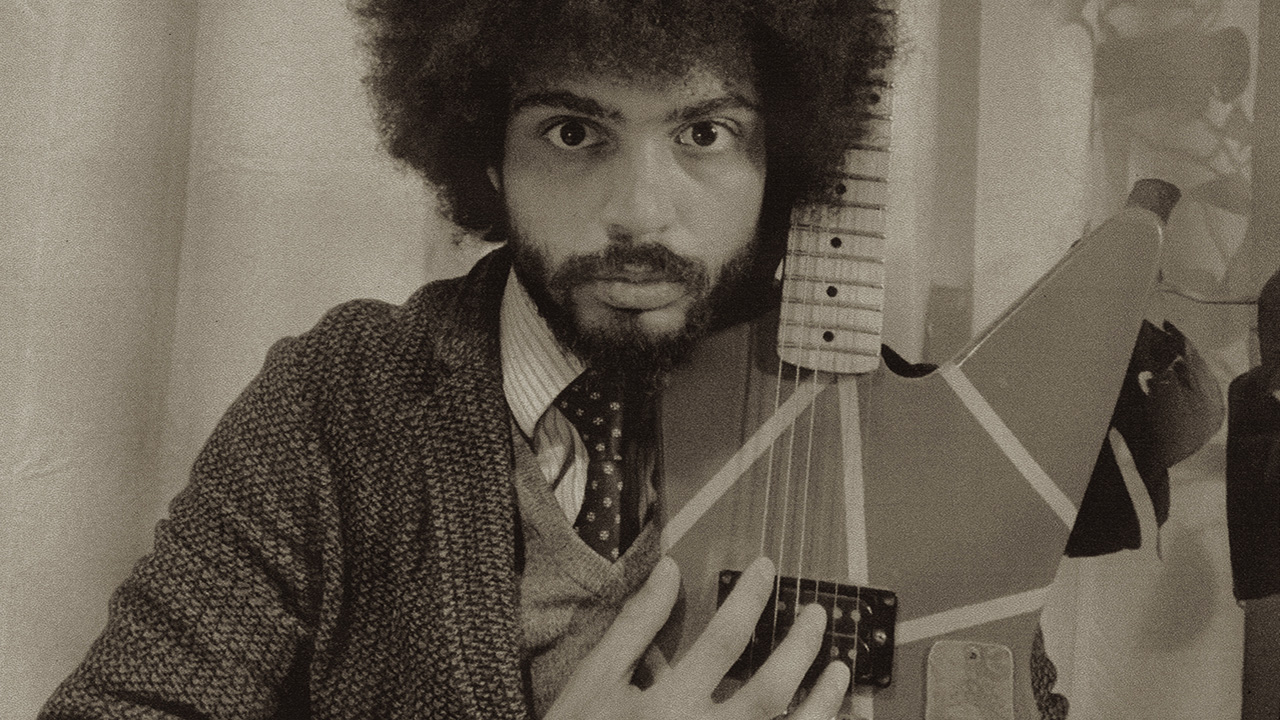
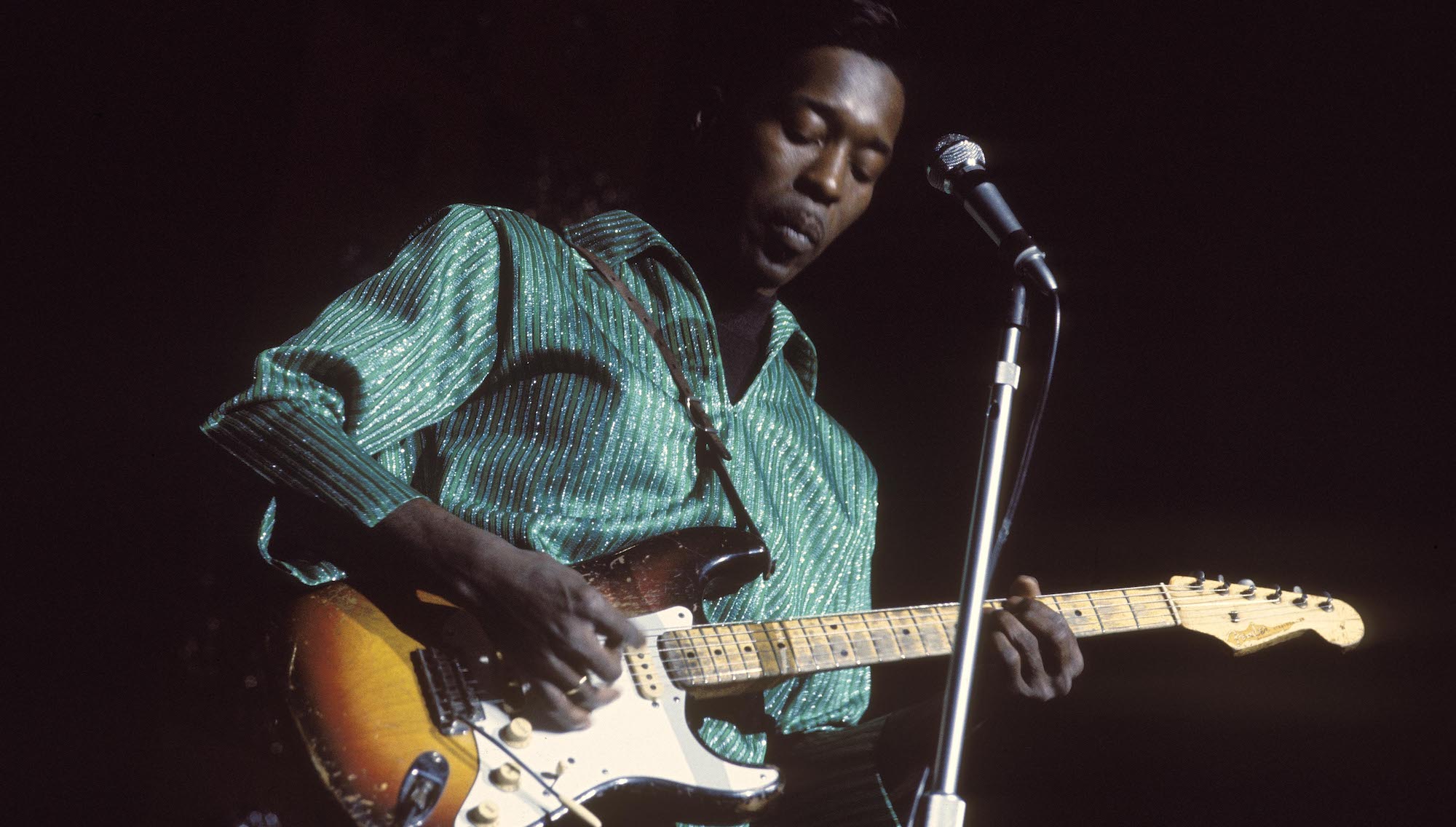
![[from left] George Harrison with his Gretsch Country Gentleman, Norman Harris of Norman's Rare Guitars holds a gold-top Les Paul, John Fogerty with his legendary 1969 Rickenbacker](https://cdn.mos.cms.futurecdn.net/TuH3nuhn9etqjdn5sy4ntW.jpg)

